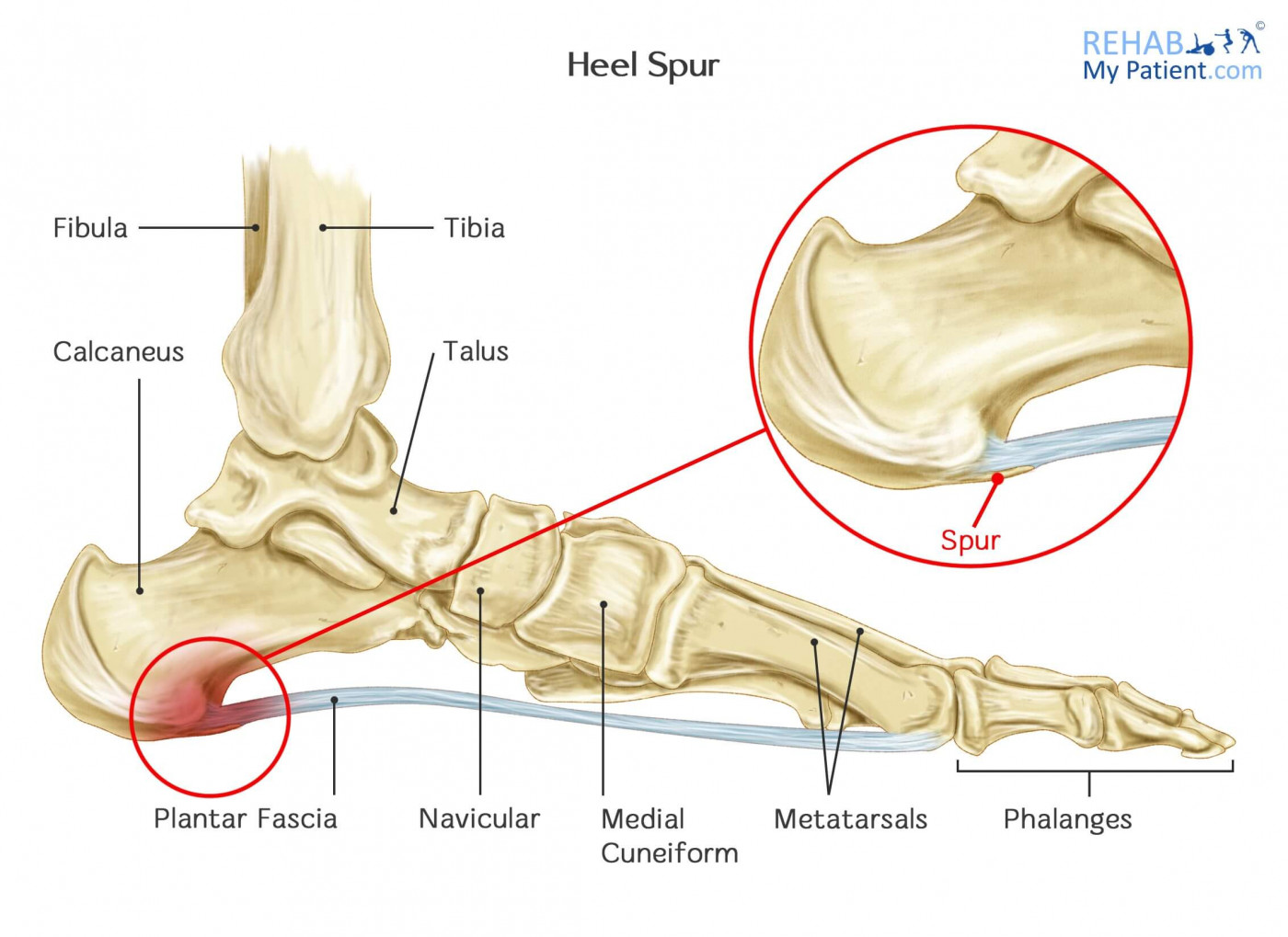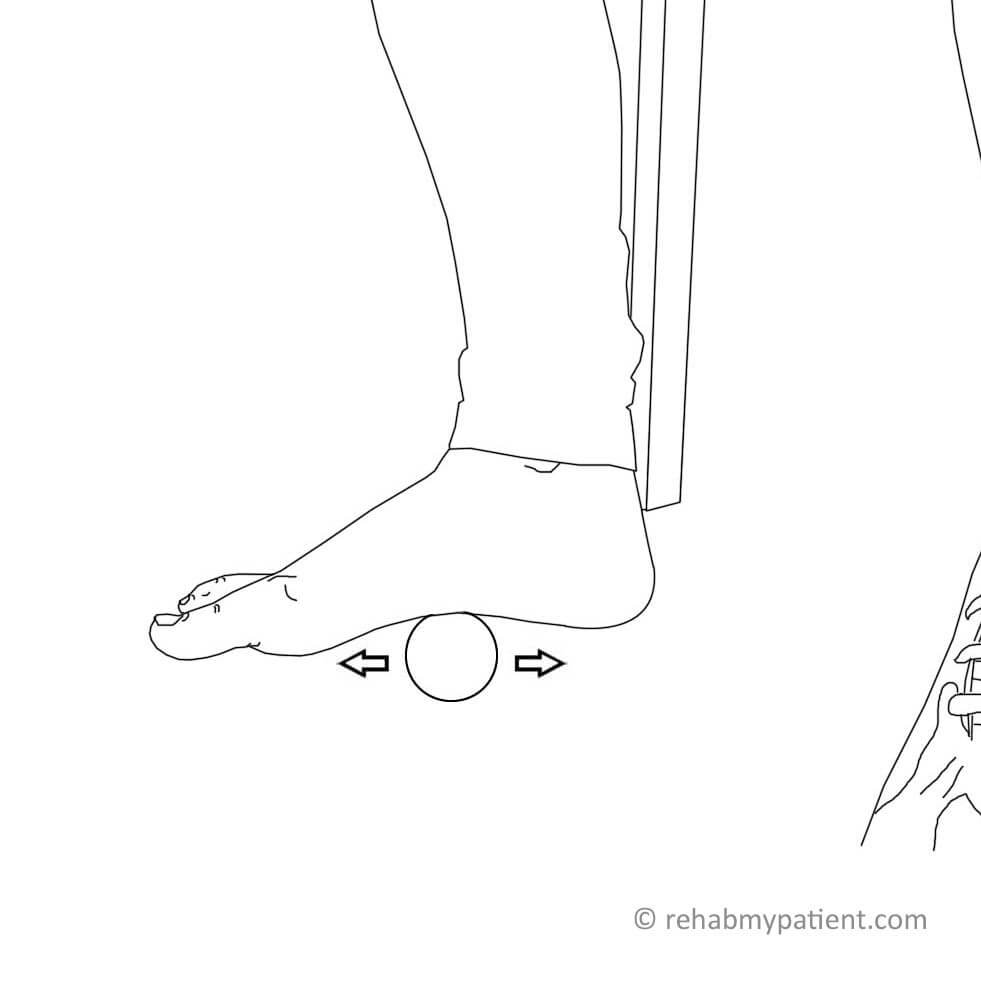Heel Spur
Posted on 20th Feb 2018 / Published in: Ankle

For every mile that you walk, you put 60 tons of stress through your foot. Even though feet can handle a relatively heavy load, putting too much stress on them can push them over the limit. When pounding your feet on harder surfaces, you might develop pain in the heel. If you give the heel enough rest, it will often heal on its own. If you continue to use a sore heel, it is only going to get worse and become chronic, which leads to additional problems.
Heel spurs are typically caused as a secondary complaint to plantar fasciitis (inflammation of the fascia on the sole of the foot). When the plantar fascia pulls against the heel for a long enough period of time, it can develop a bone spur. X-rays might be taken to see where the bony protrusion is, which willvary in size.
Heel Spur Anatomy
The heel bone is known as the calcaneus. Attached to the base of the heel is the plantar fascia, a fibrous muscle that sits in the sole of the foot. If this muscle becomes chronically shortened, it can pull against the attachment into the calcaneus. Over months or years this can cause a traction of the bone, as the tension of the plantar fascia tendon pulls the bone towards it. This can form a heel spur.

How to Treat a Heel Spur:
- Rest
When it comes to heel spurs, take the time to sit back and relax to allow the pain to subside. Reduce sports like running and evaluate the problem with a medical professional to work out if the problem is likely to resolve on its own or will need further help. This may depend on how bad the bone spur is.
- Stretching Exercises
Participating in special plantar fascia exercises will help provide your heel with the added flexibility and range of movement it needs to prevent further problems.

- Heel Pads
Wearing heel pads will help to cushion the heel and prevent any spurs from forming in the first place. You want to make sure there is an ample amount of padding in the heel to prevent a spur from getting worse, but also to help with the pain.
- Therapy
It is very important to seek help from a rehabilitation specialist, physical therapist or sports related expert to address reducing the pain and to check for any biomechanical problems in the lower limb and foot.
- Surgery
Sometimes with very chronic heel pain a surgeon may decide to remove the bone spur. This would not be considered unless at least two courses of physiotherapy and corticosteroid injections had been performed first.
Tips:
- For those who are overweight, losing weight can help to prevent spurs from forming.
- Jogging and running on hard surfaces can cause spurs to form on the heel.
- Make sure to wear shoes that provide you with adequate support and a proper fit.
- Walking gait abnormalities place an undue amount of strain on the heel bone, nerves and ligaments close to the heel.
Sign UP
Sign up for your free trial now!
Get started with Rehab My Patient today and revolutionize your exercise prescription process for effective rehabilitation.
Start Your 14-Day Free Trial